Why is badminton called the "King of Sports"? It certainly deserves the title!
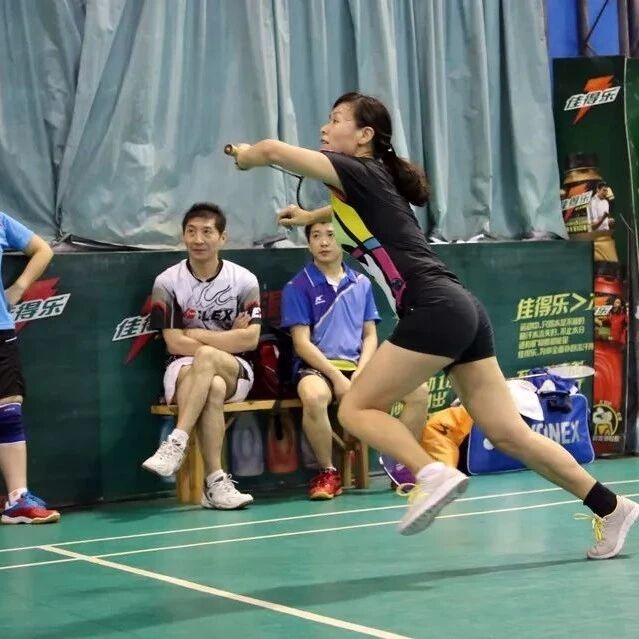

Did you know?
Why is badminton called the "king of sports"?
Because badminton players are all all-around warriors!
No fewer than seven sports' benefits come together in badminton!
Badminton leaves virtually no time for the opponent to catch their breath after returning the shuttlecock—almost the entire match is played in a state of sprinting. It demands rapid starts and swift returns to position, with this relentless "speed" requiring muscles to contract and relax quickly, showcasing explosive power and strength.
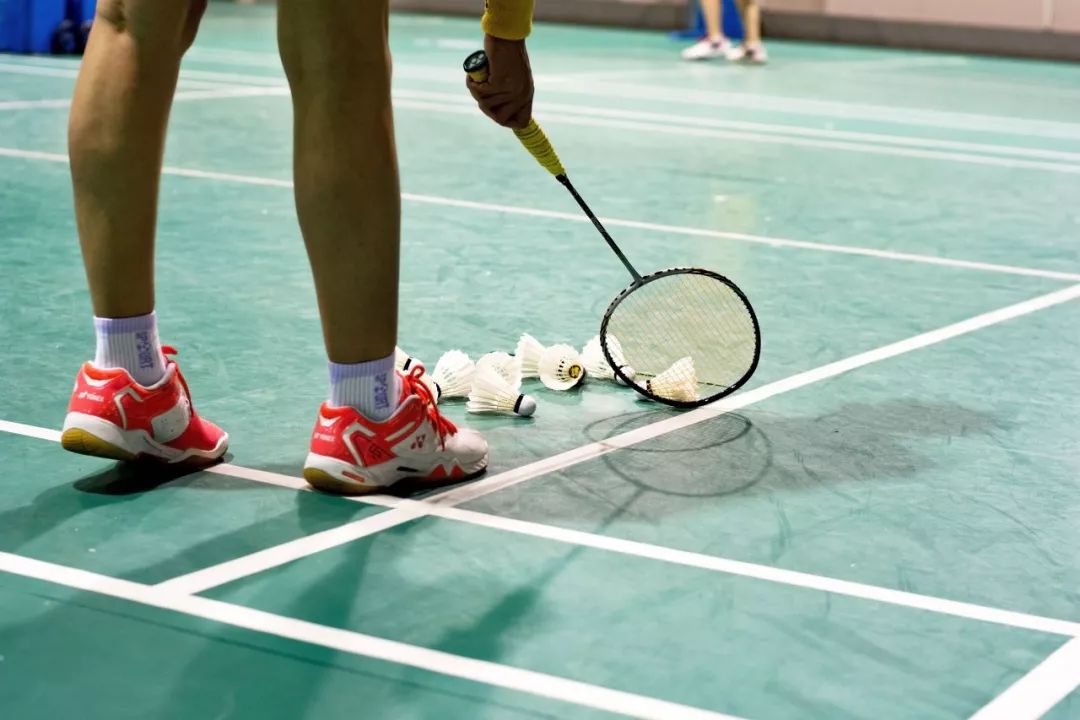
Speed endurance plays an extremely important role in badminton, characterized by high intensity and short intervals.
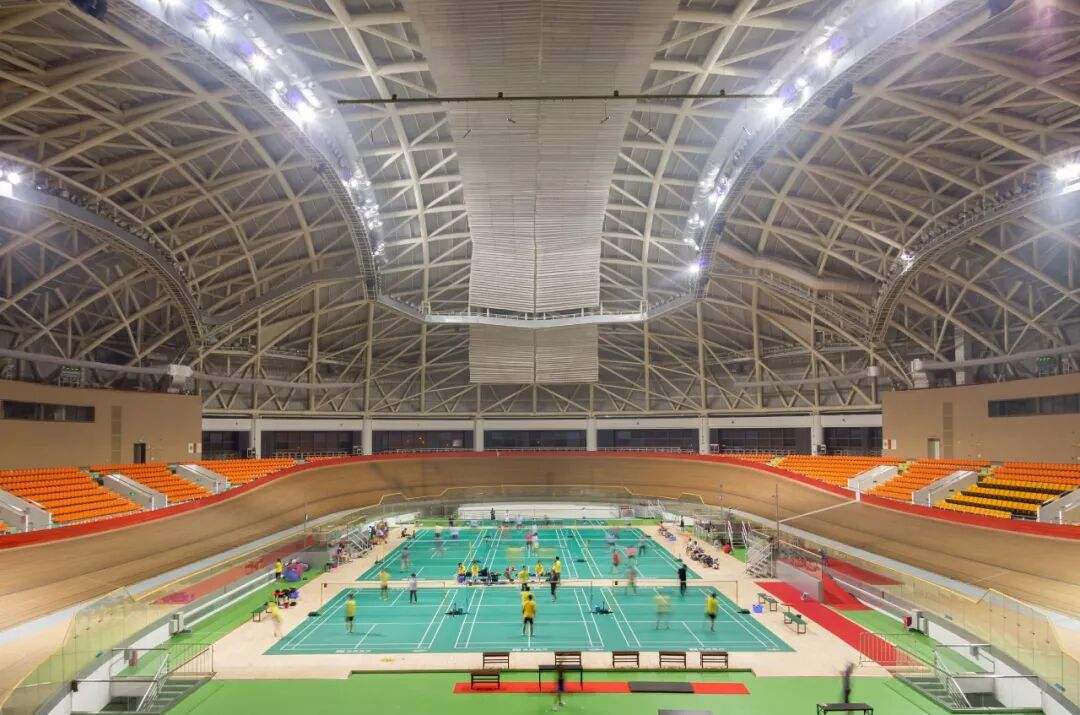
Badminton demands exceptional flexibility from players—something we often see on TV as athletes perform breathtaking splits to save a shot, a feat most athletes simply can’t manage. Moreover, advanced techniques like switching rackets between hands, hitting the shuttlecock behind the back and under the legs, or executing overhead smashes with a backhand in the backcourt all require full-range stretching of the ligaments.
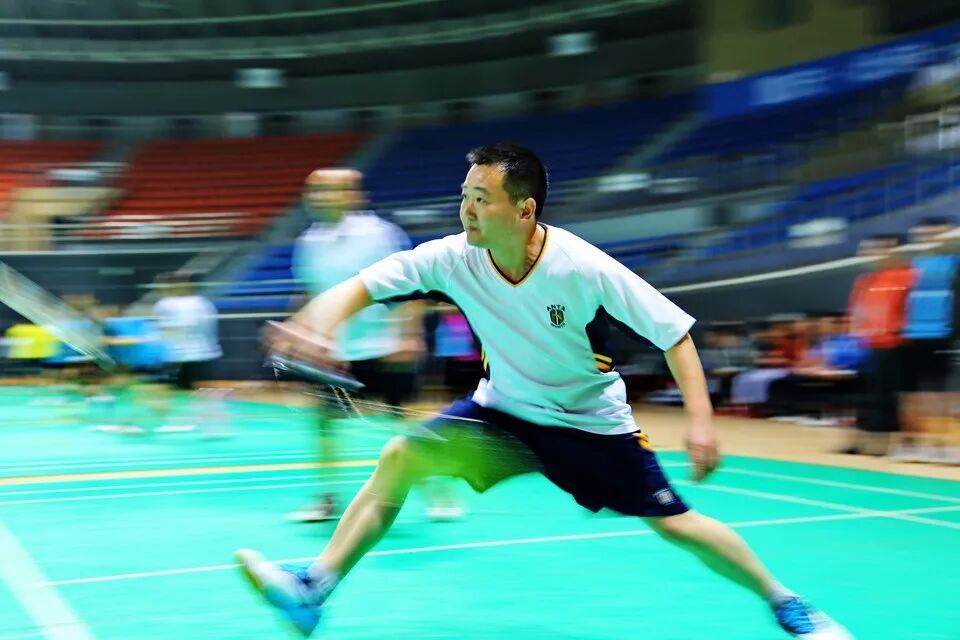
A complete hitting motion is like a spring—coiling up and then snapping back into action, engaging the body from the feet all the way through the legs, hips, pelvis, waist, back, chest, shoulders, arms, and hands. While an individual’s coordination largely depends on innate factors, consistent training through badminton can still lead to noticeable improvement and enhancement over time.
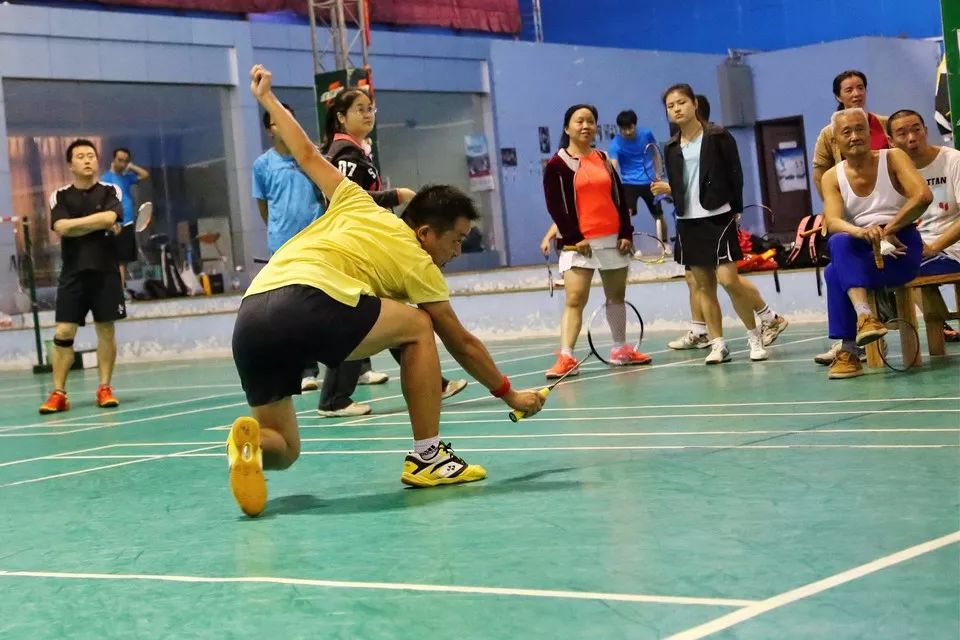
Badminton, hailed as the "King of Speed," demands players to have lightning-fast reflexes—skills that also require excellent spatial awareness and coordination. In mere fractions of a second, athletes must accurately assess the direction of the shuttlecock and swiftly decide on their playing strategy. This process calls for a well-rounded development across five key areas: mental agility, technical proficiency, physical fitness, tactical acumen, and strategic intelligence—ultimately helping players develop automatic, instinctive responses.
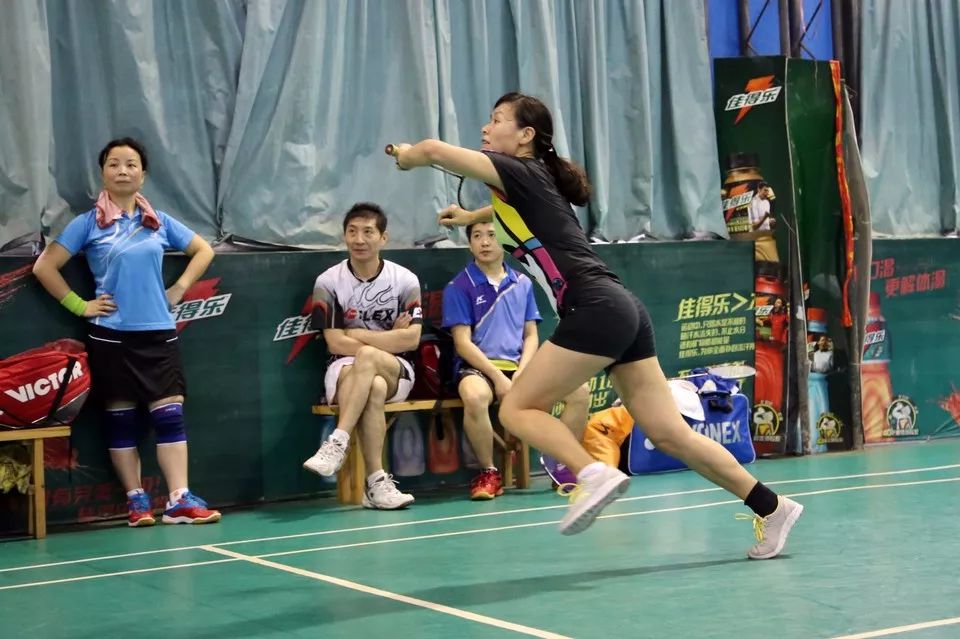
Just as in Go, where "anticipating your opponent's intentions and exploiting their weaknesses" is key, in badminton, the fast-moving shuttlecock and the compact court make it impossible to track the ball visually at all times. That’s why nearly every shot requires you to anticipate its trajectory. Only by understanding your opponent’s vulnerabilities and quickly spotting their mistakes can you confidently outplay them and secure victory.
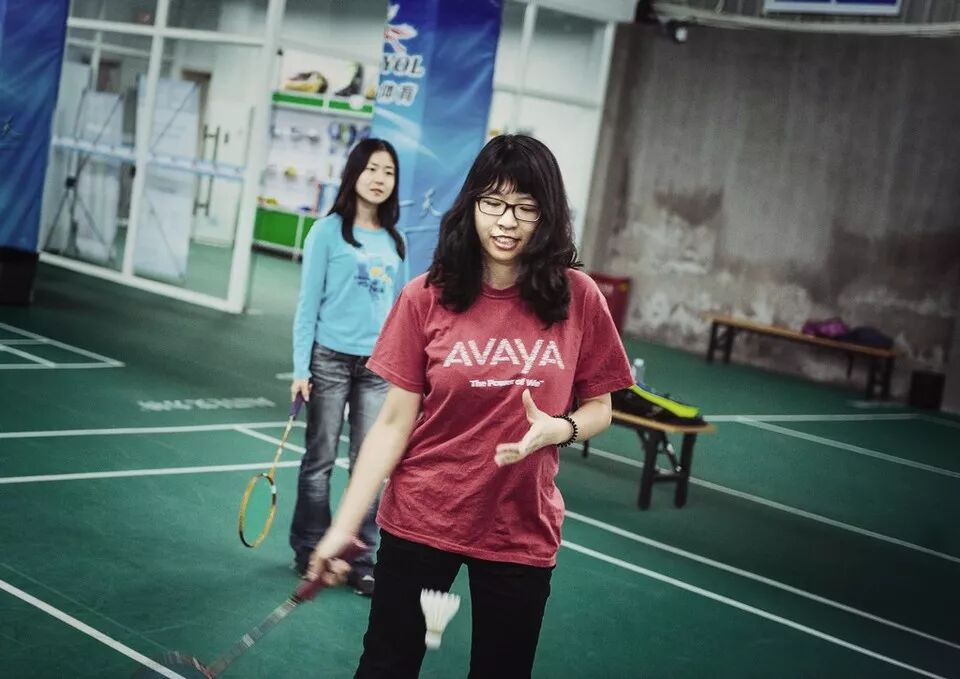
To execute a jump smash, you need to channel your entire body's power into the moment of impact, maximizing the ball's speed. As the chest serves as the central transfer point, the pectoral muscles play a crucial role in this explosive motion.
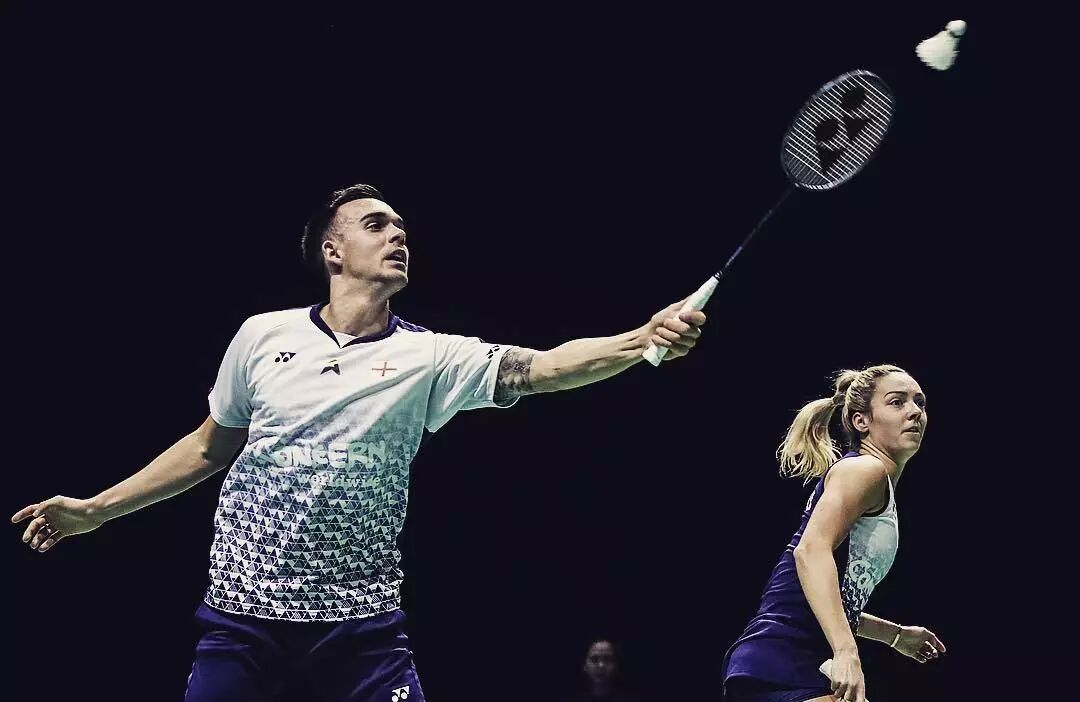
High-intensity badminton players can reach heart rates of 160–180 beats per minute, while even low-intensity play may still bring their heart rate up to 100–130 beats per minute. During a 45-minute match, athletes perform over 300 body-position adjustments—movements involving changes in body orientation exceeding 90 degrees.
Badminton demands quick starts and rapid returns to position—this series of "fast" movements requires muscles to contract or relax just as swiftly.
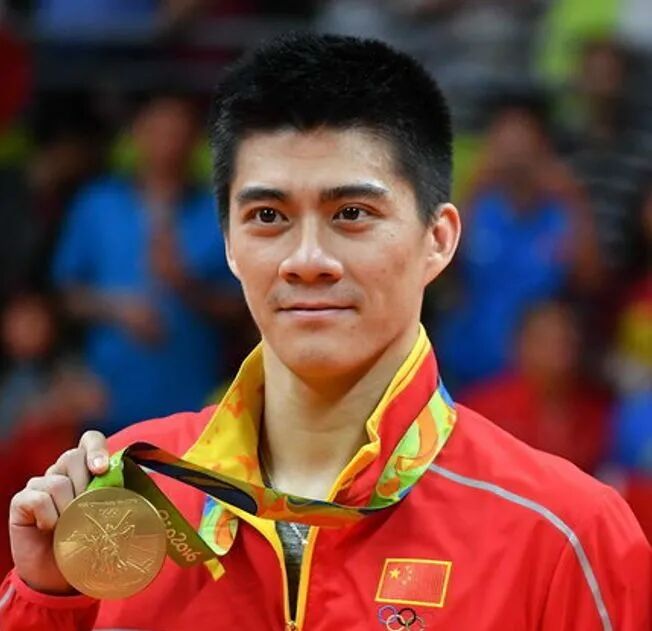
Badminton requires excellent flexibility, and regular play is particularly beneficial for improving mobility in the shoulders and hips. In a singles match, players need to make over 100 full-arm swings to hit the shuttlecock.
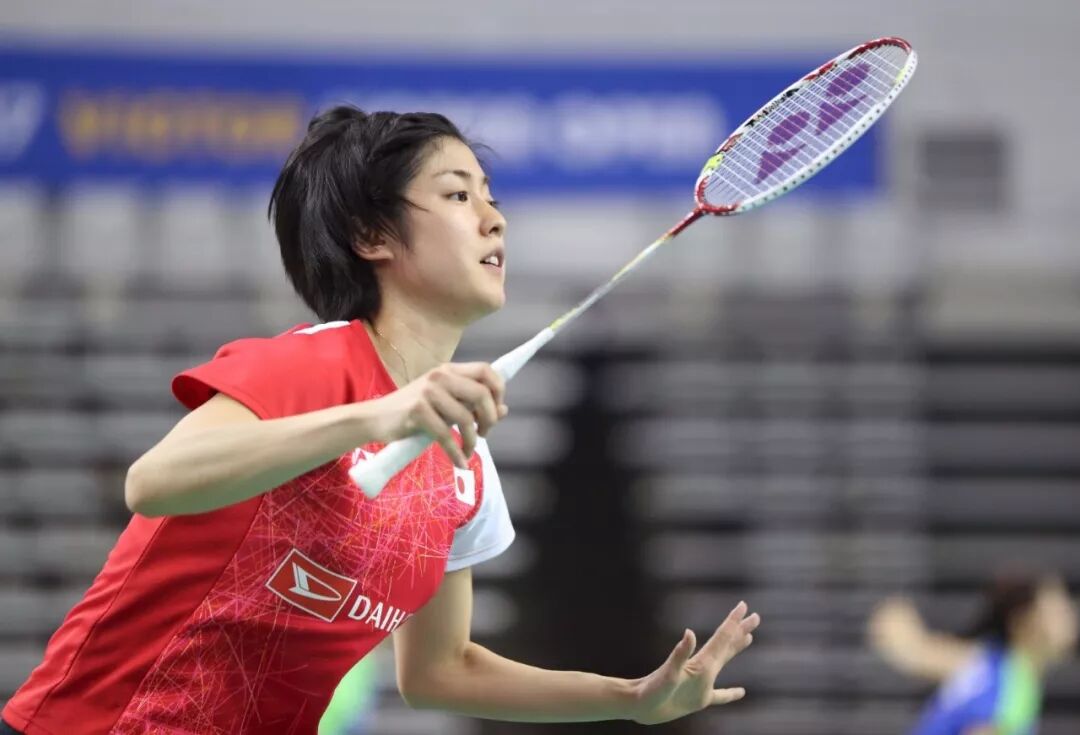
In badminton matches, athletes frequently perform rapid changes in speed and explosive jumps. The biomechanical characteristics of their lower-body jumping movements show that while the knee joint requires relatively modest force exertion, the ankle joint demands significantly higher levels of quick, powerful explosiveness. Meanwhile, Chinese Super League players cover an average of about 7,000 meters per game, while badminton players also log an impressive average of over 6,000 meters of running distance during each match.
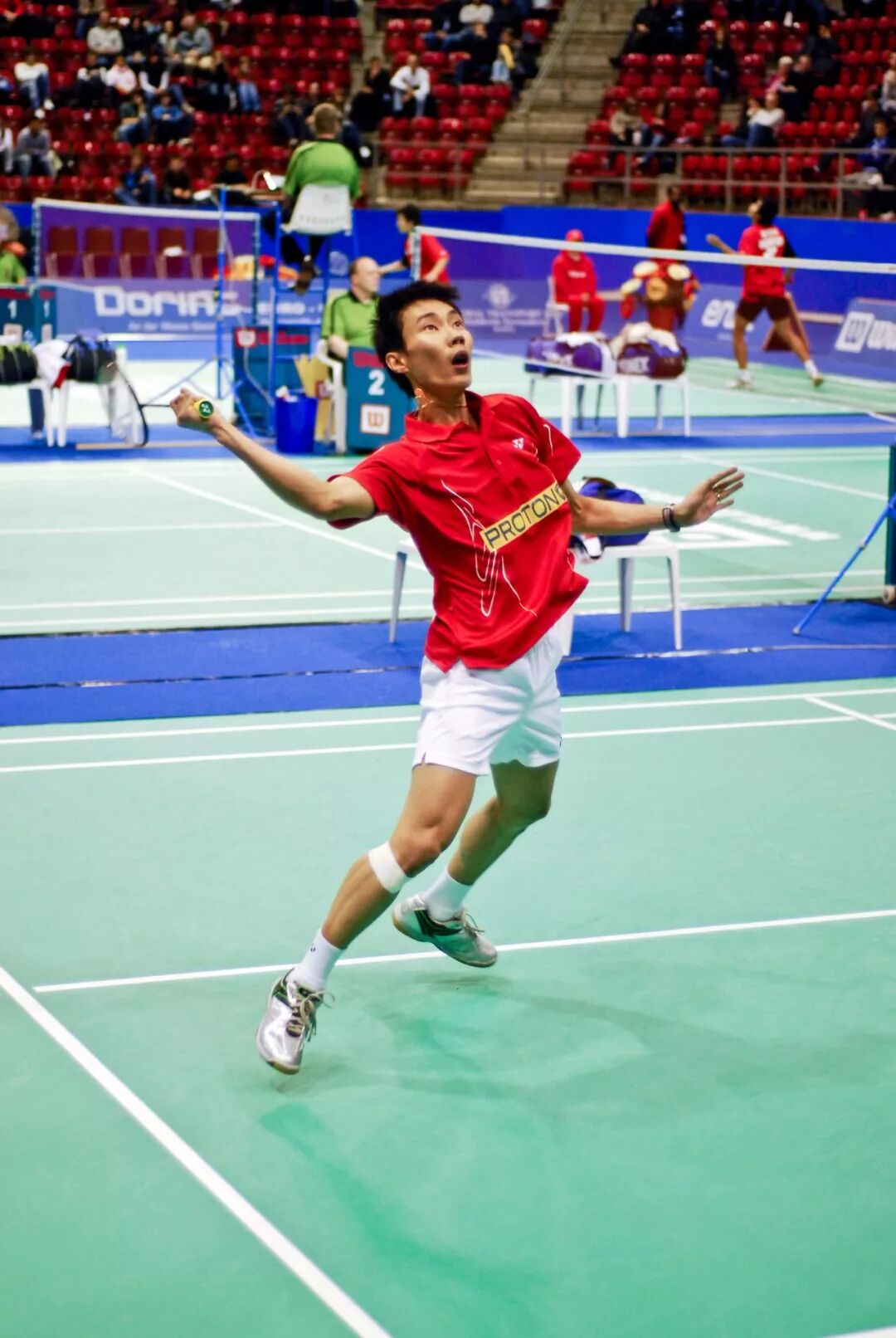
The facts speak for themselves—badminton players are absolutely amazing! "King of Sports," badminton truly deserves the title. So why wait? Jump aboard this joyful, (nationwide) sport today! You, too, can become a versatile champion!


Related Articles
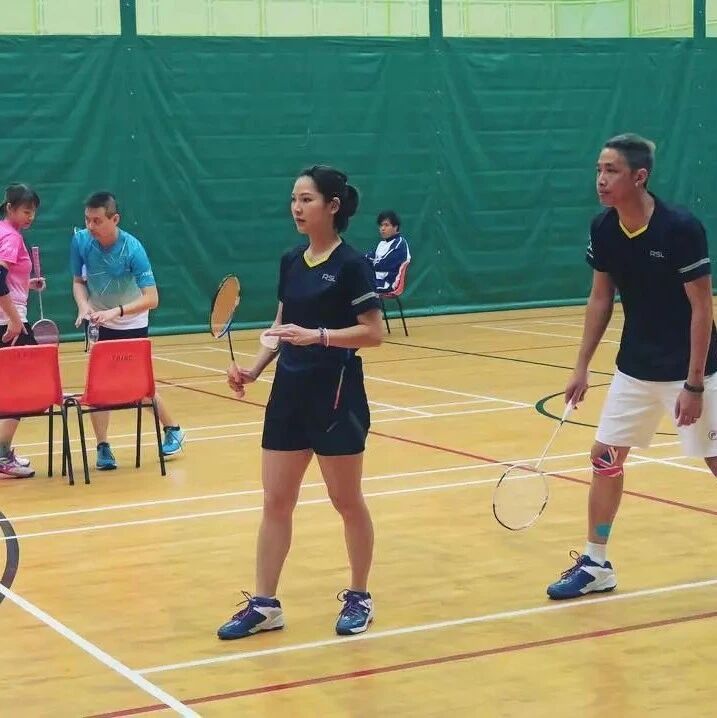
If you want to quickly improve your badminton skills, you must ditch these 5 bad habits!
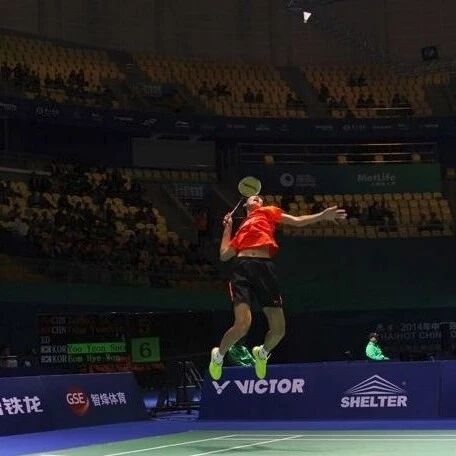
Experts take you down the moment you pull—it’s because you didn’t read this article!
